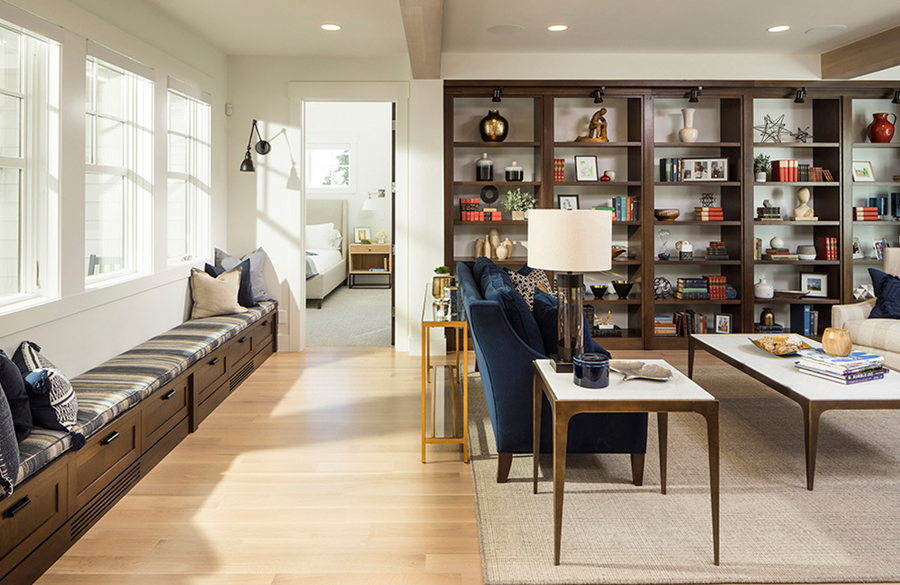3 Mistakes to Avoid in Recessed Lighting Installation
Recessed Lighting is Extremely Versatile, But It Should Be Used Correctly

Do you know how they say you can have too much of a good thing? This adage applies to many things, even lighting. Most homes rely extensively on recessed lighting for primary illumination in many spaces. And recessed lighting – especially today's LED options – is highly versatile, fulfilling ambient, task, and accent lighting needs. But as a recessed lighting installation company, we know there are some cases where too much recessed lighting is not good for your Rosemary Beach, FL, home.
What are the critical mistakes to avoid? Let's explore them below.
SEE ALSO: Elevate Your Home’s Illumination with Upgraded Recessed Lighting
Recessed Lighting Everywhere
Builders sometimes specify can lights in every room and might install them in a standard grid with the lights spaced equally apart. They can be an inexpensive way to add lots of light lumens to a room. The problem is that recessed lighting alone may not do the job. If it’s a regular can that doesn’t allow for adjustability or the bulbs aren’t well matched to the can, they may not throw light in the way you want for a given space. You might have bright cans that still leave parts of the room darker than you want. Part of the solution can come from adjustable, modular recessed lighting and using other types of fixtures in conjunction with recessed lights.
Not Using Task and Accent Lighting
Recessed lighting is versatile, but sometimes it can't do it all. Many areas need other lights to provide a layered and balanced illumination to a room that adds the right amount of function and aesthetic appeal. In a kitchen, some recessed lighting might work for task lighting. Still, areas like counters under cabinets and islands might benefit from linear under-counter lighting and pendants, as recessed lights might not cover correctly or add glare.
Using the Wrong Color Temperature
Color temperature is very important in setting a room’s ambiance and overall feel. You don't want a room to look too "cold" by using a light with a very high Kelvin number. For example, lights at 2000K are the color of candlelight, very warm, while lights at 5500 to 6500K are the color of daylight, much brighter and bluer. You may want to choose warmer lights for a living area and brighter, cooler lights for a home office or exercise room. Understand how the color temperature will affect your room, especially how it combines with natural light from windows and your interior finishes, color schemes, and materials.
Let an expert recessed lighting installation company like GHT Group be your guide to better lighting for your Rosemary Beach, FL, home. Contact us here or click the chat box below to quickly connect with one of our experts. We look forward to working with you!